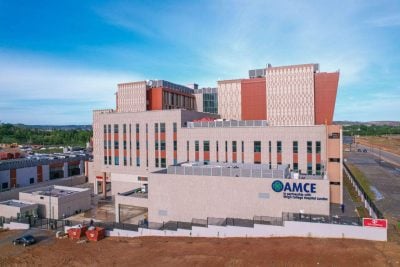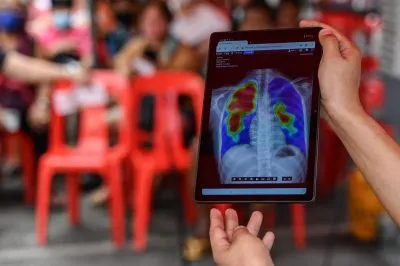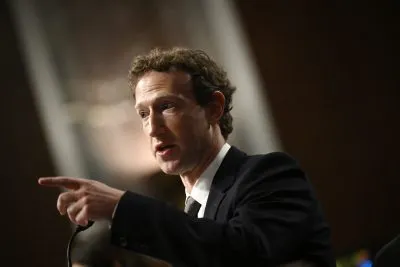The world is confronting an unprecedented crisis in education. At the height of school closures caused by the Covid-19 pandemic, more than one billion students had to suspend their education. Today, there are still nearly 600m children and young people out of their classrooms.
The current emergency is worsening a long-standing learning crisis affecting the world’s lower-income countries where even before the pandemic, children faced huge barriers to realising their right to education.
One fifth of the world’s children were completely missing out on schooling. Many students who did attend struggled to learn even basic reading and maths.
Less than two-thirds of girls were able to complete their primary education and only one in three completed secondary school. Girls, refugees and children with disabilities were often forced to give up their education far too early – if they were able to get one at all.
That said, it has been encouraging to note that with schools shut, many governments and educators have been innovating to keep children learning in the face of enormous challenges. Governments have rolled out educational programmes on radio and television, engaged parents on social media, and distributed textbooks to student’s front doors.
As we recover and rebuild from the Covid-19 pandemic, we need to go beyond trying to get back to how things were before and harness this spirit of creativity and determination to finally deliver on our promises of education for all.
Delivering on the promise
For nearly two decades, the Global Partnership for Education (GPE) has been mobilising funds and partnerships to do just that. Our unique approach of convening partners behind country leadership, funding meaningful change and providing innovative technical assistance has helped get 160m more children in school and double girls’ enrolment in partner countries.
Now, through a global campaign called ‘Raise Your Hand’, we are asking world leaders to commit at least $5bn to fund GPE’s efforts in 87 countries and help ensure that 175m children can learn.
GPE’s work to help keep children learning in the face of adversity has shown what we can achieve if we choose to transform education at scale.
For example, in response to the Covid-19 crisis, Kenya has enlisted GPE’s help in rolling out an ambitious distance education programme to keep all children learning and ensure a smooth transition back to school.
As the country moves beyond the coronavirus emergency, GPE will continue to support Kenya’s efforts to strengthen education quality and equity, especially for preschool children and children with disabilities.
With support from GPE, Sierra Leone is leveraging lessons learned from the Ebola outbreak to deliver distance learning to children across the country, broadcasting radio and TV lessons and distributing paper materials to households that are entirely off the grid. Children in Sierra Leone who normally get their main meal at school are now receiving food rations at home so that they can learn on a full stomach.
These examples highlight how GPE’s assistance goes beyond quick fixes during a crisis to create rapid and lasting transformation in education, with a ripple effect that touches all aspects of society including health, gender equality and economic growth.
Protecting hard won gains
But we need more resources – both domestic and international – to protect hard-won gains in education, sustain our impact and expand education budgets in the world’s poorest countries.
There is a lot to lose. Currently, 825m children and young people in low and middle-income countries will not gain the skills they need to successfully enter the job market by 2030 if additional investments in education aren’t made urgently.
Without the resources leveraged by GPE, 33m children, half of them girls, will not learn to read or ever reach their full potential. Twelve years of quality education for every girl would boost economies by as much as $30 trillion in increased lifetime earnings.
As governments in lower-income countries face difficult choices in response to the pandemic, they must protect education budgets and invest in their children instead of cutting education spending when it is needed most.
External aid plays an important role in filling the education funding gap, but in lower-income countries, domestic government resources are by far its most effective and sustainable source.
That’s why GPE helps leverage more and better domestic and international funding to get every child in school and learning. By supporting GPE’s campaign for at least $5bn, governments can prove that they are serious about delivering learning for children who are most at risk of missing out on the opportunity of a brighter future.
We can only achieve the future we want by investing in the generation that will build it. Together, we can raise our hands for education and unlock a healthier, safer, fairer and more stable future for everyone.
Alice Albright is CEO of the Global Partnership for Education, and Minister Serigne Mbaye Thiam is Vice Chair of the Global Partnership for Education Board of Directors, Minister for Water and Sanitation and former Minister of National Education of Senegal.
Want to continue reading? Subscribe today.
You've read all your free articles for this month! Subscribe now to enjoy full access to our content.
Digital Monthly
£8.00 / month
Receive full unlimited access to our articles, opinions, podcasts and more.
Digital Yearly
£70.00 / year
Our best value offer - save £26 and gain access to all of our digital content for an entire year!

 Sign in with Google
Sign in with Google 





